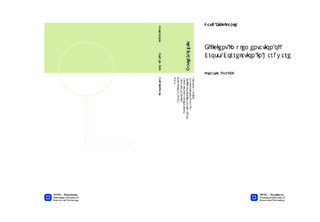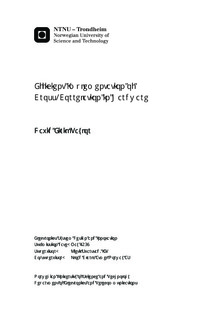| dc.description.abstract | Low-area matched filter and correlator designs are explored in this thesis, for ADC resolutions of 1- and 2-bits. Correlators are used extensively in spread-spectrum communication technologies, where they serve as a means of detecting a known pseudo-random sequence (PN code). The correlator designs presented here are intended for direct-sequence spread spectrum (DSSS) radio, where the data to be sent is expanded using either the PN code, or the inverse of the PN code. The correlator or matched filter will then respond with a positive or negative peak when a data bit is detected.To test various correlator designs a testbench is developed in MATLAB, where a DSSS data sequence can be created and corrupted with an adjustable level of white Gaussian noise. The data stream with noise is filtered with an automatic gain stage, and sampled using an ADC of variable resolution and sampling rate. The sampled signal is then fed to a mathematical model of the given correlator design to see how it behaves. For an objective measure of performance in the presence of noise, a novel noise immunity test bench was developed, which subjects the correlator models to a signal with increasing levels of noise. The SNR where the correlator is no longer able to extract the correct data bits from the signal is considered the noise immunity level.Several HDL matched filter designs are presented for both 1- and 2-bits of ADC resolution. The 1-bit matched filters are tested using the Barker-11 PN code, whereas the 2-bit correlators are tested using a 36 chip long chirp sequence. For both the 1- and 2-bit correlators, a specific design type using a multiplexed parallel counter was the most area efficient. A novel grouping correlator design is also presented for 2-bit operation, however the area required by this design is larger than that of the other designs. The results from the grouping design indicate that a significant reduction in dynamic power is present. In terms of power efficiency, the dual correlator designs showed promising results of half the power consumption of the other designs. The design of parallel bit counters used in the matched filters are also presented, along with the area per bits required for each design.Verification of the designs is performed using mathematical correlator models, which are subjected to the same input as the Verilog modules. The results from these two tests are compared, and any discrepancies are reported to the user of the testbench. The mathematical and Verilog correlator models are fed with a simulated real-world input signal, which is essentially random noise for purposes of testing functionality. | nb_NO |

